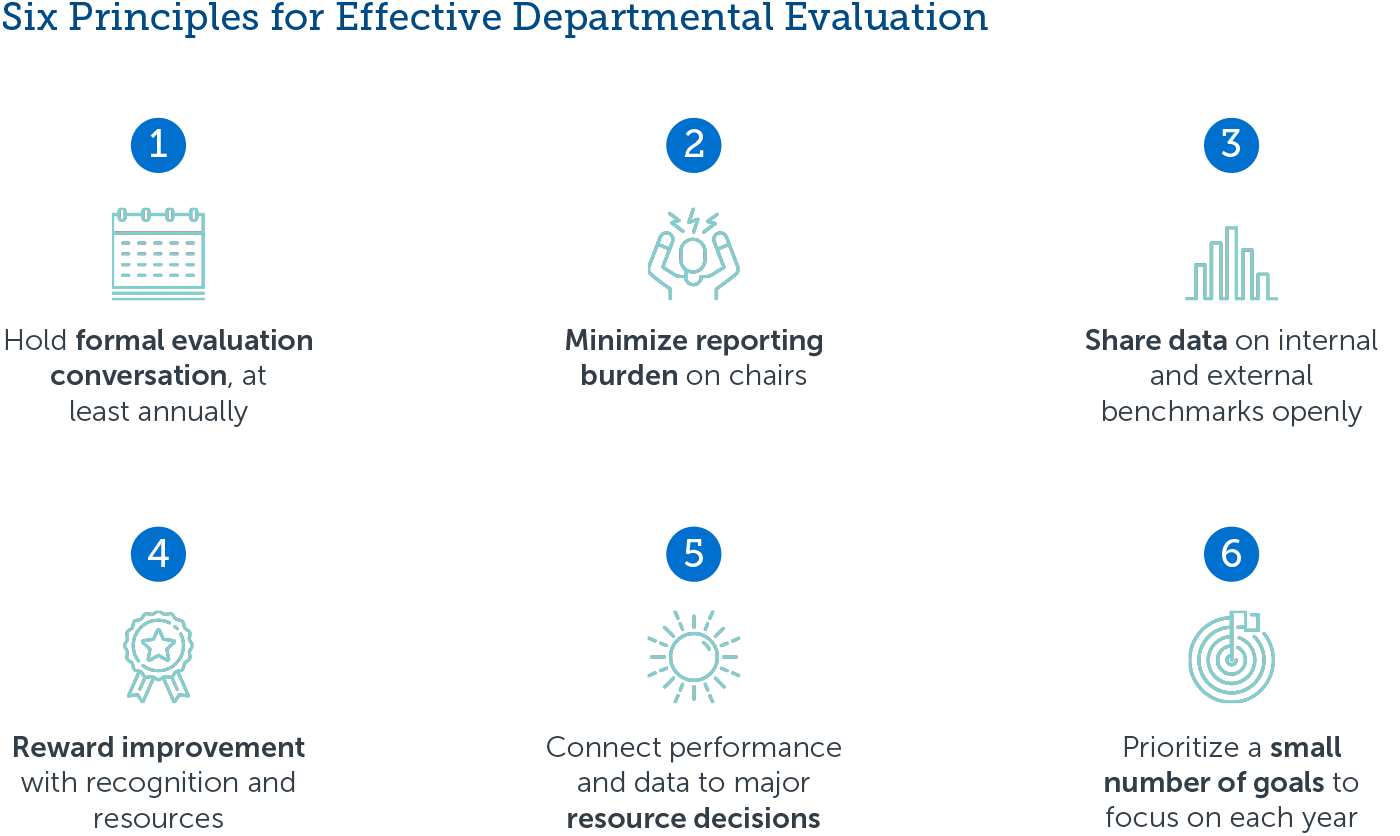
Improving on these goals requires a more data-informed approach to decision-making and resource allocation at the department level. Unfortunately, the metrics and goals that apply at the institutional level do not help departmental and faculty leaders understand how their regular responsibilities and decisions drive institutional change.

Academic leaders need the support of departments and their faculty to improve institutional graduation rates. Unfortunately, metrics like four- and six-year graduation rates hold departments accountable for activities that occurred during students’ first two years when they may have little interaction with the department’s faculty or curriculum.
Instead of tracking departments’ overall graduation rates, a better approach is to measure the junior graduation rate, or the two- and four-year graduation rates and time to degree of students in the major who already have 60 credits. The junior graduation rate allows departments to focus on what they can control and avoids creating unrealistic expectations around the department’s role in shaping students’ first two years.



This resource requires EAB partnership access to view.
Access the roadmap
Learn how you can get access to this resource as well as hands-on support from our experts through Strategic Advisory Services.
Learn More


